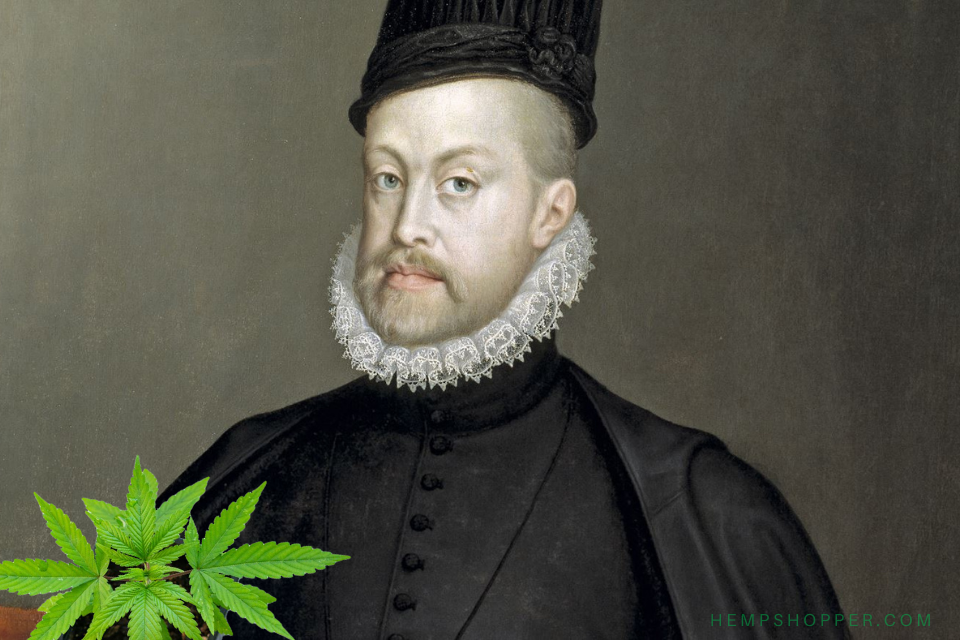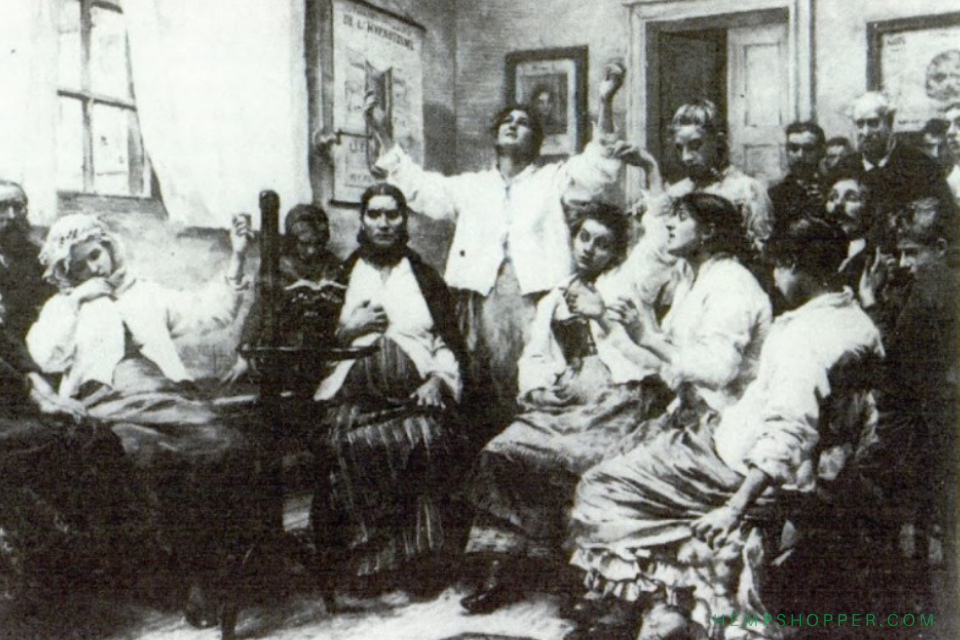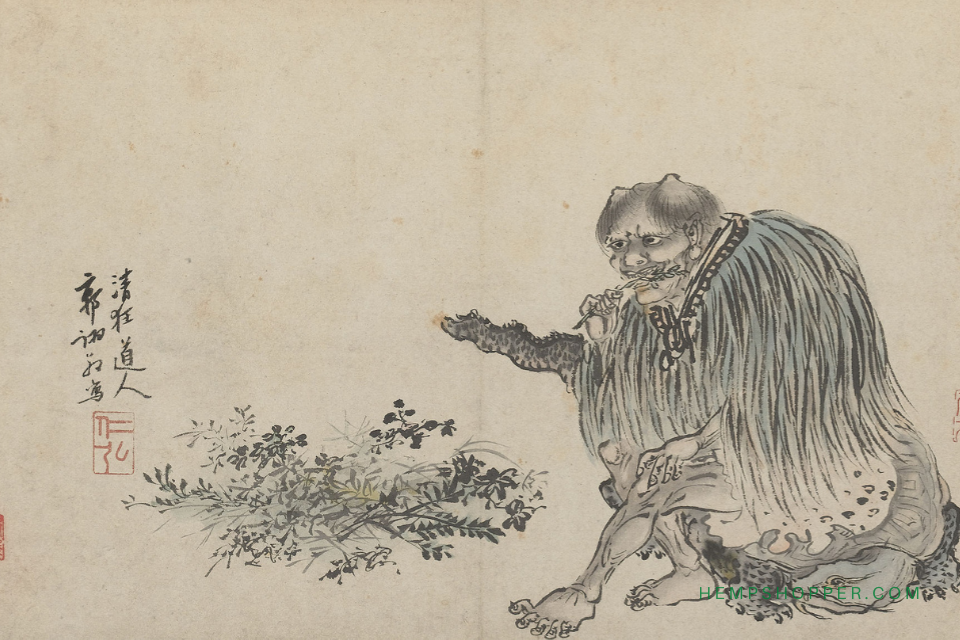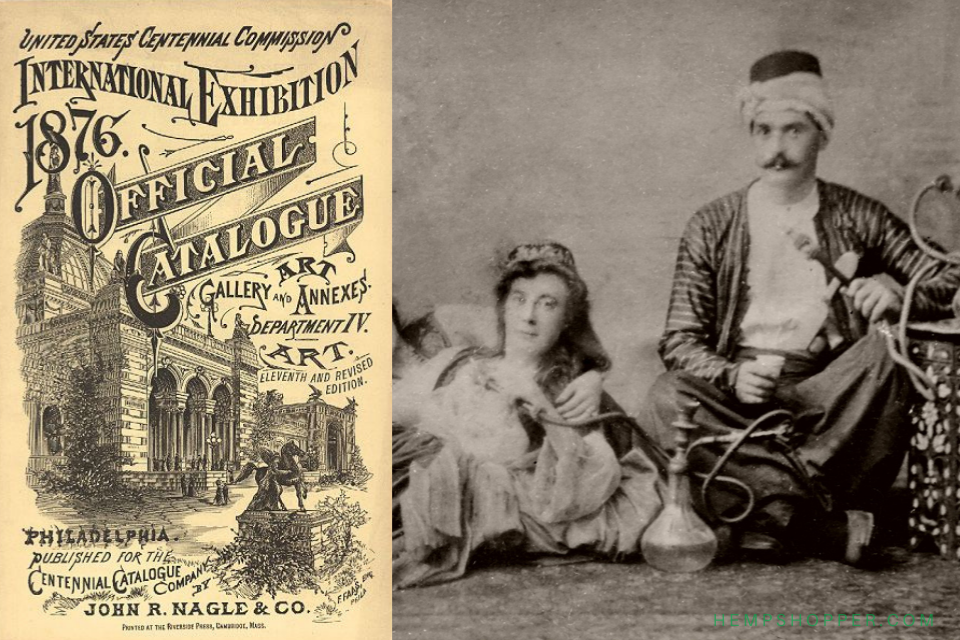1864: Cannabis included in the British Pharmacopoeia

1864: Cannabis included in the British Pharmacopoeia
The inclusion of cannabis in the British Pharmacopoeia in 1864 was a result of growing interest in its medicinal properties during the 19th century. This period saw a surge in the exploration and documentation of various plant-based medicines. Cannabis had been used in traditional medicine for centuries, but its formal recognition in Western medicine began to take shape in the mid-1800s.
The work of Irish physician William O’Shaughnessy played a pivotal role. In the 1830s, O’Shaughnessy conducted extensive research on cannabis while working in India. He documented its effectiveness in treating conditions such as rheumatism, convulsions, and muscle spasms1. O’Shaughnessy’s findings sparked interest among the medical community in Europe.
By the 1860s, the therapeutic potential of cannabis was widely acknowledged, leading to its inclusion in the British Pharmacopoeia. This inclusion meant that cannabis was recognized as a medicinal substance, ensuring its availability in pharmacies across the United Kingdom. [1] It was prescribed for various ailments, including pain, insomnia, and muscle spasms.
1. Pharmacopoeia.org.uk/content/html/479 Research and text © Hempshopper


 Hempshopper Amsterdam
Hempshopper Amsterdam 






